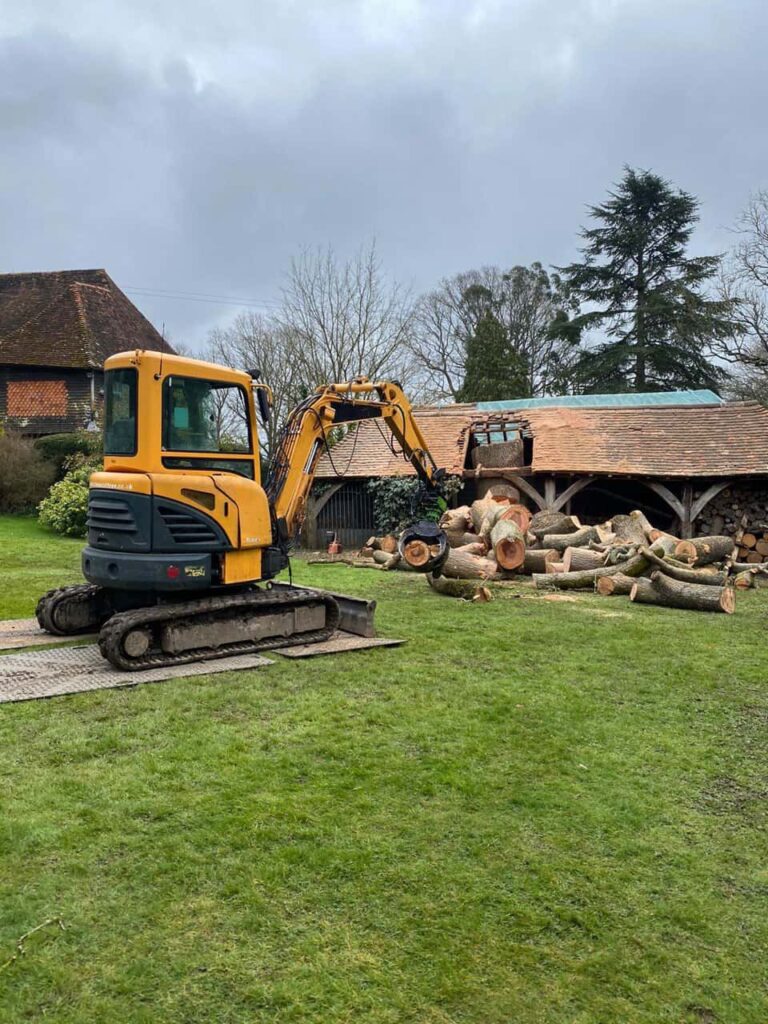Storm-Proofing Your Landscape with Tree Cutting Strategies
Introduction
In the UK, stormy weather isn’t just inconvenient—it’s potentially dangerous, especially when trees are involved. High winds, waterlogged roots, and weak branches can cause serious damage to homes, cars, and public spaces. In Gamston, Nottingham, safeguarding your property starts with proactive landscaping decisions, and expert tree cutting is central to that strategy.
At Gamston Tree Surgeons, we help property owners reduce storm-related risks by applying thoughtful, targeted tree cutting solutions. In this article, we’ll explore the essential role trees play in storm safety, the hazards of neglect, and the strategies that keep both landscapes and households secure—without compromising the beauty of your garden.
Why Tree Cutting Matters for Storm Protection
Tree cutting isn’t about removing trees altogether. Done properly, it strengthens the structure of the tree and the safety of the surrounding area. Think of it as preventive maintenance—like servicing your car before the MOT.
The Dangers of Storm-Damaged Trees
Unmanaged trees can become liabilities when extreme weather hits. Damage can range from minor inconveniences to catastrophic consequences.
- Overhanging branches may snap under pressure
- Dead limbs can become airborne in high winds
- Leaning or root-damaged trees can topple unexpectedly
- Blocked drainage can worsen flood risk
Regular inspections and tree cutting help mitigate these threats before they escalate.
Types of Storm-Preventive Tree Cutting
Crown Reduction
This involves reducing the height or spread of the canopy. It’s particularly useful for trees that are growing too close to buildings or power lines.
- Reduces wind resistance
- Lessens the chance of limb breakage
- Maintains tree shape and health
Crown Thinning
Selective removal of branches within the crown to allow wind to pass through more easily. It’s less about size and more about airflow.
- Minimises wind drag
- Encourages light penetration and healthy growth
- Ideal for mature trees that are structurally sound but top-heavy
Deadwooding
Removing dead or decaying limbs that are likely to fall during a storm.
- Prevents sudden limb drop
- Reduces pest and fungal risks
- Keeps pathways and access points safe
When to Act – Timing Your Tree Work
Seasonal Considerations
The best time to carry out most tree cutting tasks is late autumn or early winter. This is when trees are dormant, allowing work to be carried out with minimal stress to the plant. However, emergency work can be done year-round when safety is at risk.
Pre-Storm Checklist
Before high winds or heavy rain are forecast in Gamston, Nottingham, it’s wise to:
- Inspect for signs of dead or hanging branches
- Check trees near roofs, driveways, or pedestrian paths
- Consult a professional if there’s visible leaning or root upheaval
Trusting Gamston Tree Surgeons
With deep knowledge of local tree species and weather patterns, Gamston Tree Surgeons provides tailored solutions that balance aesthetics, ecology, and safety. We don’t just cut—we assess, advise, and ensure long-term landscape health.
- Comprehensive site assessments
- Safe, eco-conscious tree cutting practices
- Clear, honest recommendations based on real risk
Whether you need a one-off storm-proofing session or ongoing maintenance, our goal is to help you enjoy a safe, beautiful outdoor space year-round.
Conclusion
Storm-proofing your landscape isn’t just about reacting after damage occurs—it’s about preventing problems through smart, strategic tree cutting. From crown reduction to deadwood removal, the right care makes all the difference when the weather turns.
If you’re based in Gamston, Nottingham and want to make your garden safer without sacrificing its charm, contact Gamston Tree Surgeons. Our local experience and professional service mean your trees—and your property—are in expert hands.
Call us on: 0115 697 1170
Click here to find out more about Gamston Tree Surgeons
Click here to complete our contact form and see how we can help with your tree needs.

